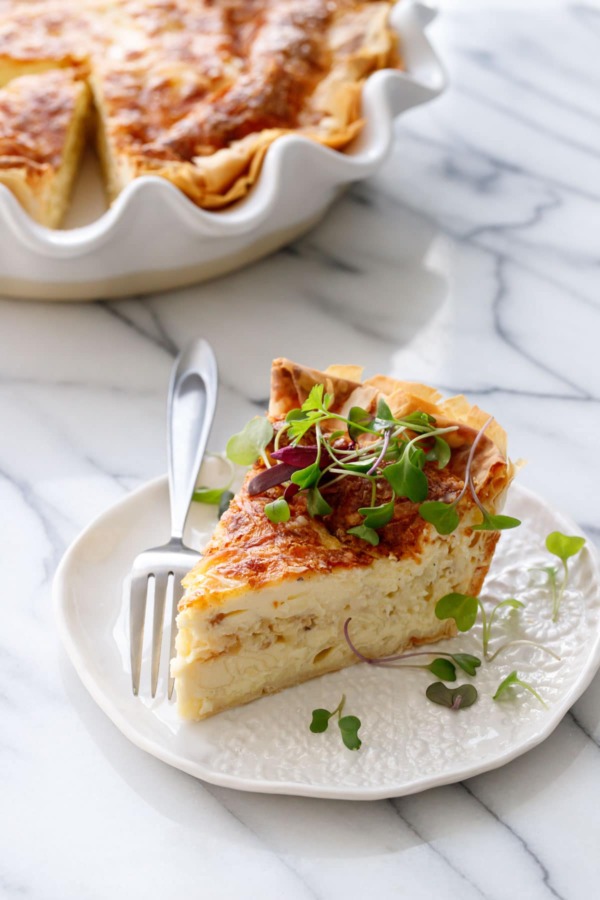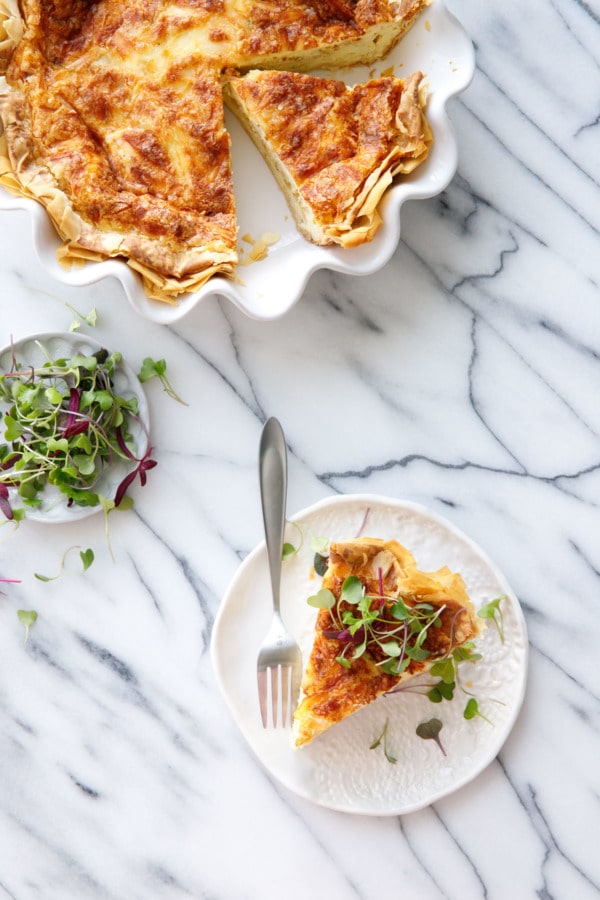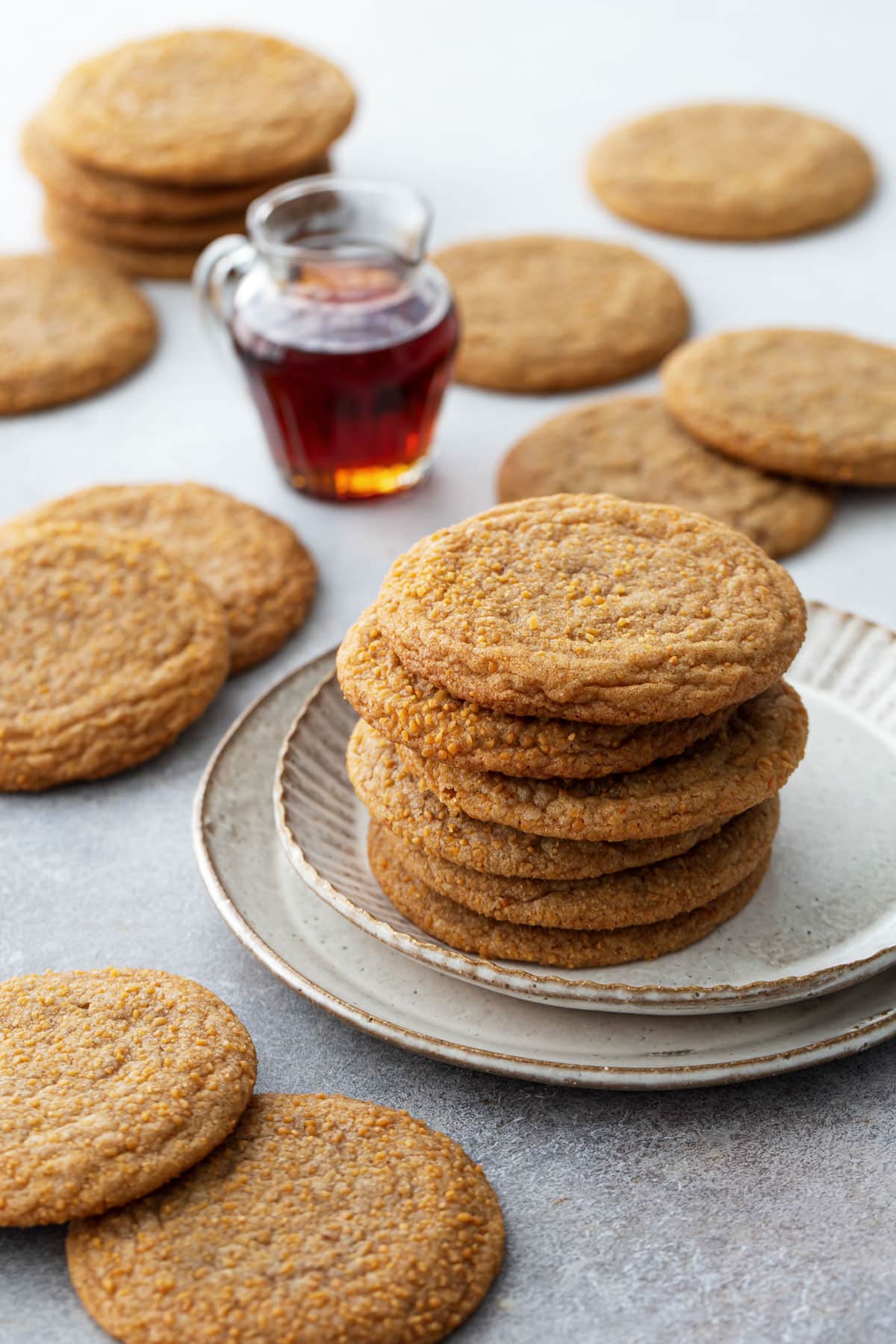Pandemic-driven cooking and eating at home still prevail among food trends, said participants from the Specialty Food Association’s Trendspotter Panel during the session, Trendspotters Take on Specialty Food Live!, held Friday during last week’s virtual marketplace event.
“The thing we can’t separate from how people are using products right now, is how they are spending more time at home and spending more time cooking,” said Melanie Bartelme, global food analyst for Mintel. “There is so much out there being developed to make it easier for consumers and to make meal planning flavorful and exciting to avoid fatigue.”
Restaurant-quality ingredients and products, as well as brands from restaurants themselves, are prevalent, helping simplify homemade cooking while offering culinary exploration. Sarge’s Shrimp and Grits, for example, started out as a food truck but now is packaging its sauce for home use, said Bartelme.
“We’ve been in restaurant mode until now, grabbing fast-casual lunch or eating dinner out a few times a week. People are trying to recreate that and there are products that are making it easy if you aren’t a skilled home cook, said Jonathan Deutsch, professor of culinary arts and science at Drexel University and director of the Drexel Food Core Lab. Deutsch pointed to products like Watcharee’s Thai sauces and Vevi Greek dried herbs as examples. The trend carries into home cocktail mixers and out-of-the-ordinary ingredients too, he said, noting Cocktail Courier’s spiced carrot syrup.
Both Bartelme and Deutsch see this trend giving way to more of a balance once foodservice establishments are allowed to reopen fully. “People who are saying restaurants are dead and everyone is going to cook at home are giving consumers way too much credit,” said Deutsch. “We love to travel and love to eat and can’t unlearn those behaviors.”
“What will last is the convenience of making it easier for those who want to continue to cook at home. Products that help, like sauces and kits, will be important because they allow consumers to cook without being intimidated,” Bartelme added.
Global flavors and products unfamiliar to U.S. consumers also keep home cooking exciting. Deutsch pointed to products like Garri cassava grits from Nigeria, which are prepared like couscous, as something home cooks can embrace once they become familiar with how to cook it.
More specificity in suitable usage--how to use the product and when to use it—would be a benefit, said Bartelme. “That’s some of what happened with Sriracha where it was in everything. We don’t need it in a ketchup. That doesn’t really serve anyone.”
Values-based products will also continue to come to market, say the Trendspotters. “People are voting with their dollars, especially based on a lot of the social action that has been occurring in the past year, whether it’s supporting women- or black-owned businesses or companies with ties to community organizations,” said Deutsch.
Some examples include Hugo Coffee Roasters Bonafido, which supports dog rescue, and Twin Engine Coffee, which used its fair-trade status as a starting point but now is increasing the amount of money that is going back to the community through its efforts. “Quantifying the impact [a company] is having may be something that continues to emerge as a differentiating point, said Bartelme.
Many companies are pushing the norms and offering twists on classics that span from serious to whimsical. Deutsch noted an increase in upcycled products that make use of ingredients or byproducts that would have otherwise gone to waste. Examples include Renewal Mill Oat Milk Powder, upcycled after oats are pressed for milk, as well as Qingdao Hua Sheng Quan Biotech’s Vacuum Fried Salmon Skins, made with the Omega-3-rich skins left over after salmons are filleted.
On the other end of spectrum are foods for "Eatertainment," adding some joy to daily life amid the pandemic. Yelibelli’s Hot Cocoa Bombs, Runamok Maple’s Sparkle Syrups, and Masterstock Edible Blossoms seem created with Instagram in mind, said the Trendspotters. In addition to social media value, some new products are simply fun. “There are some things we don’t need, but we’re all burnt out and we can have fun with twists on the familiar,” said Bartelme, who noted 40 Below Joe’s flash-frozen coffee cups, similar to Dippin’ Dots, that can be eaten as is or reconstituted with hot water.
Deutsch pointed to Little Red Kitchen Bake Shop’s frozen, ready-to-bake Elvis Cookie Pie, made with peanut butter, oats, and chocolate chips. “It’s been a rough week, let’s put an Elvis Cookie Pie in the oven and bake it—really epitomizes this moment,” he said.
Some trends are shifting or maturing. Functional or better-for-you ingredients with a purpose are continuing, but there’s a fine balance, said Bartelme. “Sometimes you want an indulgence. You may have a cookie and moderate it with something else in your diet.”
We also see some overreaching labels, often in the plant-based area, said Deutsch. “What is a plant-based potato chip? It’s already from plants. The same with things that are naturally gluten-free. Some consumers are seeing though that, but some can be misled in a way we shouldn’t be proud of as an industry,” he said.
Bartelme agreed. “You can get a false sense that you are eating something healthy because it says plant-based, but that doesn’t mean you’re getting the right mix of nutrients you need,” she said, adding that some brands are moving in a good direction with branding like plant-forward where appropriate.
Related: Retailers, Makers Share Lessons From Holiday Season Like No Other; 5 Steps to Gathering Consumer Insights.
from Food Trends https://ift.tt/3pg6vzi























